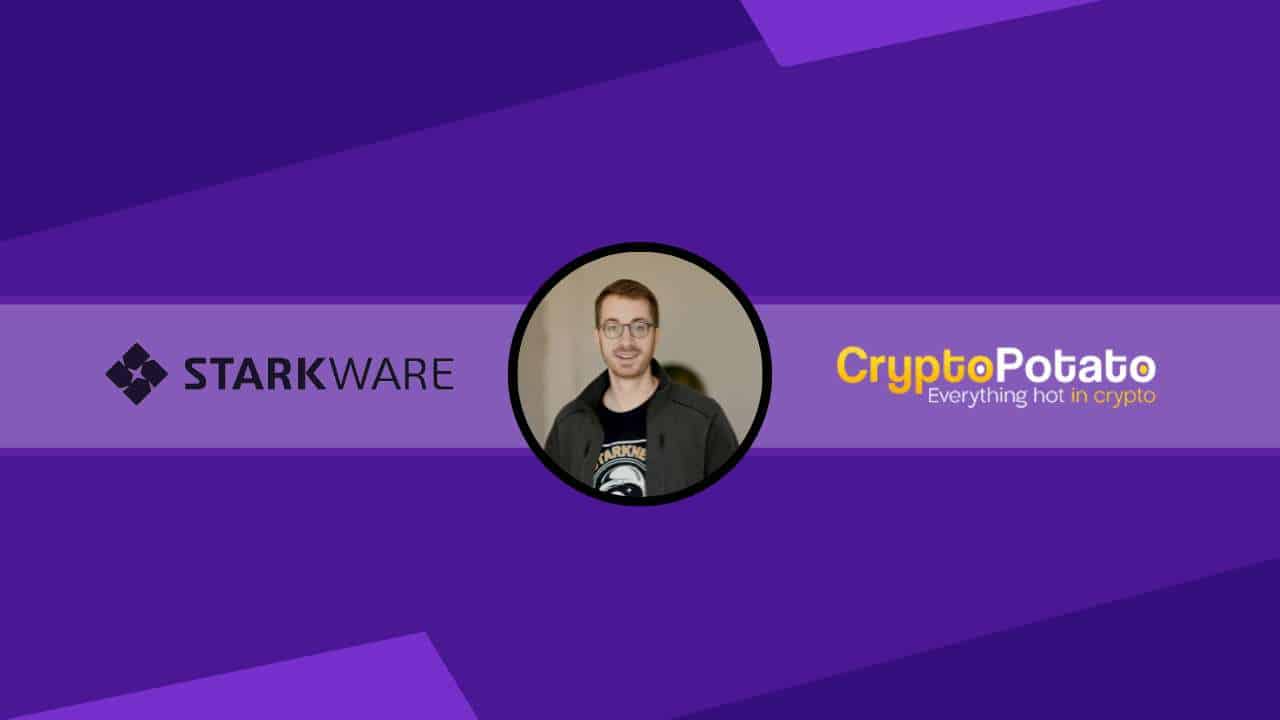

Scaling Ethereum has undoubtedly been one of the hottest topics in the past months. The network’s transition to a proof-of-stake consensus algorithm in September 2022 was a huge milestone in this regard, as it opened the door for many different scaling solutions to be implemented.
While Ethereum developers are working on ways to scale the network natively, the power of layer-two solutions is only beginning to manifest.
Concepts such as zero-knowledge proofs are now becoming a working reality, but for many, they are still very foreign ideas. To help us understand more about the future of Ethereum scaling is Gal Ron – a product manager and a blockchain researcher at StarkWare – a company primarily focused at exactly this.
The Problem With Ethereum
before we dive into some of the specifics, it’s important to understand what scaling Ethereum actually means. In Layman’s terms, this is the process of expanding the network’s processing capabilities so that each of its nodes can handle a higher transactional throughput.
There’s this saying which stipulates that a chain is only as strong and powerful as its weakest link. This is because only one of the links needs to break for the entire chain to fail. This also limits the strength of the chain because it can only handle a load that its weakest link is capable of handling – irrespective of how strong all other links are.
The same is true for Ethereum in its current state. The necessity for this comes from the fact that Ethereum has to satisfy the “trust” requirement.
Speaking on the matter, Ron explains:
To satisfy all the trust assumptions and trust requirements, all the nodes (on Ethereum) have to do the same thing. By definition, this puts a limitation on the throughput of the system because if we increase the TPS or the block size above a certain treshold, we would start preventing the smaller (read: with less computational power) nodes from participating.
In essence, this makes Ethereum, by definition, restricted in its capacity.
StarkWare’s Approach: What is a ZK-Proof?
Ron explains that there are a couple of options to handle the limitation issues of Ethereum. One of them is to invent something else.
StarkWare, however, has taken a different approach of “scaling Ethereum from Ethereum and not creating another chain.” They do so through StarkNet and StarkEx, so let’s have a look.
StarkNet is described as a “permissionless decentralized validity-rollup, also known as a ZK-Rollup.” It’s functioning as an L2 (layer-two) network over Ethereum, and it’s aimed at enabling any decentralized application (dApp) to achieve unlimited scale for its computation. This is done without sacrificing the security and composability of the main layer – Ethereum – because StarkNet relies on the cryptographic proof system known as STARK.
There’s a lot to unpack here, so let’s start with the concept of zero-knowledge proofs.
“With Ethereum, all nodes have to re-run all transactions. Before ZK (zero-knowledge), there was no other way to trust that someone else ran the computations with integrity. If I’m a node on Ethereum, I see what other nodes are reporting to me in terms of what the state of the system should be. There’s no way for me to trust them besides just re-running the same computations they just ran.
Tha magic about ZK is that it creates a new paradigm of trusting other entities without having to re-run the computations they just did.” – Ron said.
In essence, ZK rollups like StarkNet reduce the amount of computational work that nodes on Ethereum have to put in considerably, hence increasing the throughput of the network.
All of this is done without sacrificing the security of the main layer. To do so, StarkWare invented ZK-STARKs, which allow blockchains to move computations to a single off-chain STARK prover and then verify the integrity of those computations using an on-chain STARK Verifier.
Gal Ron explained how both the Prover and the Sequencer work, so for more details on this, please take a look at the video above.
We also take a closer look at what exactly rollups are, what is StarkEx, and what are StarkWare’s plans for the future.
Binance Free $100 (Exclusive): Use this link to register and receive $100 free and 10% off fees on Binance Futures first month (terms).
PrimeXBT Special Offer: Use this link to register & enter POTATO50 code to receive up to $7,000 on your deposits.
The post appeared first on CryptoPotato






